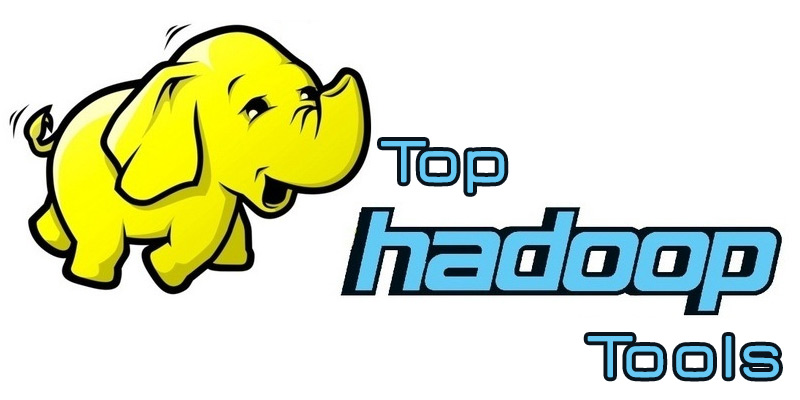
Hadoop is an open-source shared processing framework that is at the center of developing a big data ecosystem. It is used to maintain predictive analytics, advanced analytics initiatives, machine learning applications, and data mining.
Hadoop controls storage for big data applications, data processing and can manage different kinds of structured and unstructured data. In this blog, we have shared the top 3 essential Hadoop tools for crunching Big Data.
Hadoop Distributed File System
The Hadoop Distributed File System (HDFS) is created probably to collect very large data sets and to run those data at high bandwidth for user applications. In a large batch, Several servers, host directly connected storage and complete user administration tasks. The resource can develop with demand by dividing computation and storage across many servers while remaining economical at every size. Enhance your understanding and utilization of Hadoop and distributed file systems by enrolling in specialized Data Analytics Training in Chennai.
Feature
- Rack Information permits consideration of a node’s physical location while allocation storage and scheduling responsibilities.
- Utilities diagnose the status of the files system and can rebalance the data on various nodes
- In the case of human or system errors, Rollback provides system executives to produce back the previous version of HDFS after an upgrade.
- Standby NameNode affords redundancy and supports high availability.
Hbase
HBase is a common-oriented database management system, it runs on the peak of HDFS. It is well adapted for rare input sets, which are popular in many big data practice examples. In a relational database system, the structured query languages like SQL doesn’t support HBase.
HBase applications are composed of Java-like Typical MapReduce applications. Written applications in Avro, REST, and Thrift are supported by HBase.
Features:
- Modular and Linear Scalability.
- Strictly constant reads and writes.
- Configurable and Automatic sharding of Tables.
- Automatic failover maintenance between RegionServers.
- For client access, Java API is using it is very easy to use.
HIVE
With the Apache Hive Data Storage software, large datasets in distributed storage can be queried and managed. Hives afford a device to project structure onto this data and query, the data using a SQL-like language called HiveQL.
Features:
- Various storage types such as plain text, HBase, ORC and other.
- The running compressed data are stored in the ecosystem of Hadoop. The algorithm including bzip2, gzip, snappy, etc.
- DBMS have metadata storage, During execution, it can reduce the time for performing the semantics checks
Sqoop
Sqoop is a designed tool for transferring the data between the relational database and Hadoop. It can carry the data to Hadoop Distributed File System (HDFS) from Relational DBMS (RDBMS). The data that carry into Hadoop MapReduce will return into an RDBMS.
Features:
- Connecting to the server of the DataBase.
- Import data to Hbase.
- Import data to Hive.
- The import process is controlling.
- Controlling parallelism.
Are you looking to begin a career in Big Data and Hadoop, then you have to join the Hadoop Training in Chennai. You will find it easy to land in your dream job after the training.
